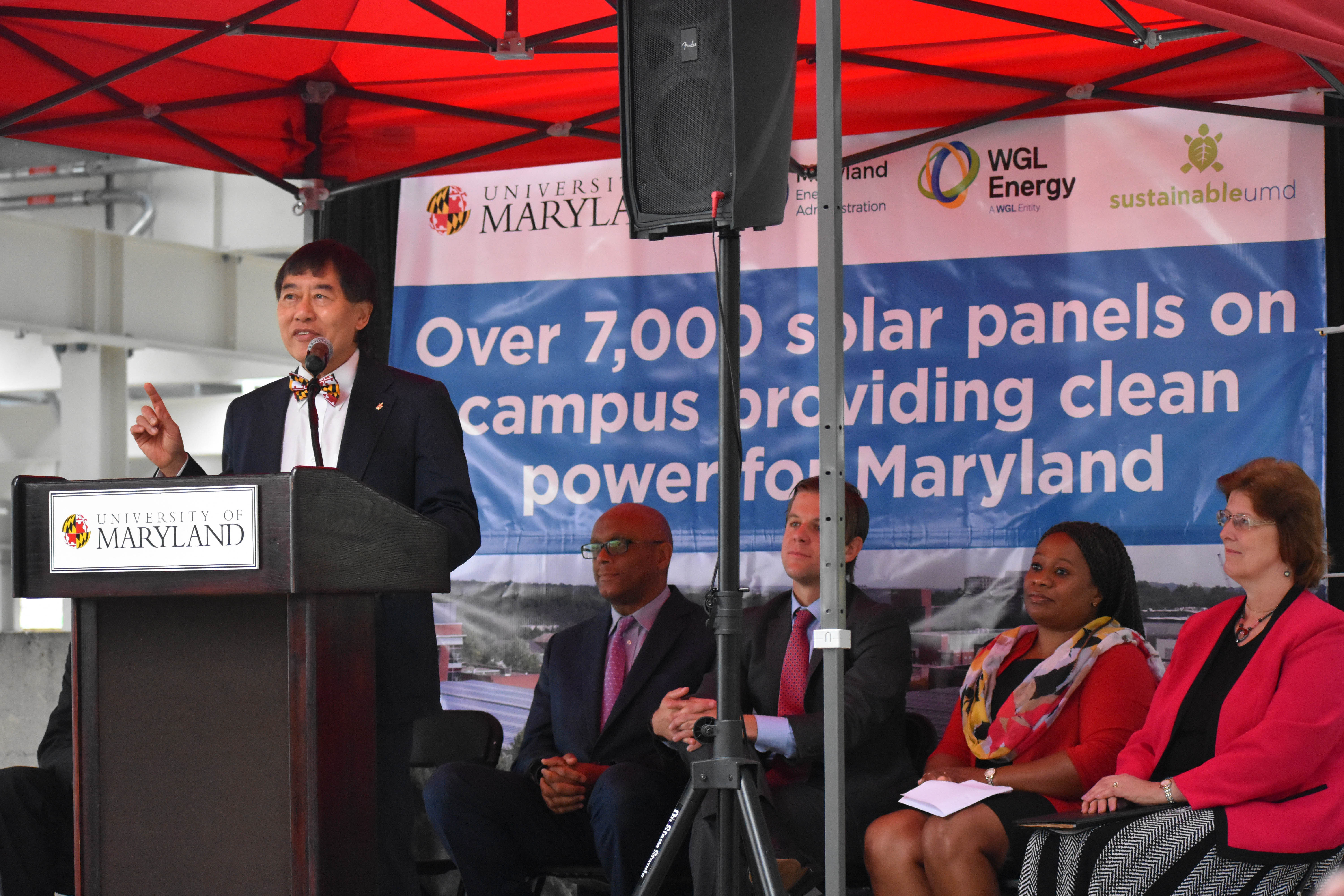Views expressed in opinion columns are the author’s own.
Last week, the unthinkable happened: The Trump administration admitted climate change is real and humans are causing it. This was stated in the Climate Science Special Report issued by the Trump administration.
The report acknowledges it is “extremely likely that human activities, especially emissions of greenhouse gases, are the dominant cause of the observed warming since the mid-20th century.” This news is a huge surprise coming from the Trump administration, because the president has publicly called global warming a “hoax” on multiple occasions in the past.
Unfortunately, this seemingly sudden revelation has not affected federal action or policies aimed at preventing climate change. In fact, the United States is officially the only country in the world that is not signed on to the Paris climate agreement, after Syria joined this week.
For our nation, which is one of the main contributors to climate change, this is embarrassing. The United States is expected to act as a world leader, and not be the last one to step up to the plate. As a developed nation, the United States should provide humanitarian aid when necessary. This includes helping equip poorer countries with the resources they need to reach global climate change goals. The United States’ unwillingness to participate in the climate deal makes it look like it’s not willing to take responsibility for the harm it has caused the planet nor collaborate amicably with other nations in our interconnected world.
However, just because the United States isn’t working to meet sustainability goals at a federal level, that doesn’t mean the people can’t take action to protect the planet. We can still implement programs and goals on the state and local level.
In fact, many states have their own climate change goals and strategic plans for how to achieve them. For instance, Maryland’s environment department constructed the Greenhouse Gas Emissions Reduction Act Plan to reduce statewide greenhouse gas emissions by 25 percent by 2020. This act was signed into law in 2009 and continues to be updated with current data, strategies and information.
Even within institutions like the University of Maryland, there are plans in place to protect the environment. The Climate Action Plan 2.0 clarifies this university’s strategies for meeting its sustainability benchmarks. The plan has proven to be successful, allowing the university to achieve many of its goals. For example, 86 percent of purchased electricity on the campus last year was from renewable sources. The plan also outlines university goals for the distant future, including its aim to be a carbon neutral campus by the year 2050.
Our country not being a part of the Paris climate agreement is outrageous, especially considering the information in the Climate Science Special Report. Luckily, the people of the Unites States feel differently about taking action than Trump does. States, local governments and institutions are all working to combat climate change, with many yielding positive results. Until the federal government takes on similar responsibilities, we should be looking to the state and local government for leadership on sustainability.
Sydney Wess is a junior art history and broadcast journalism major. She can be reached at swess@terpmail.umd.edu.



